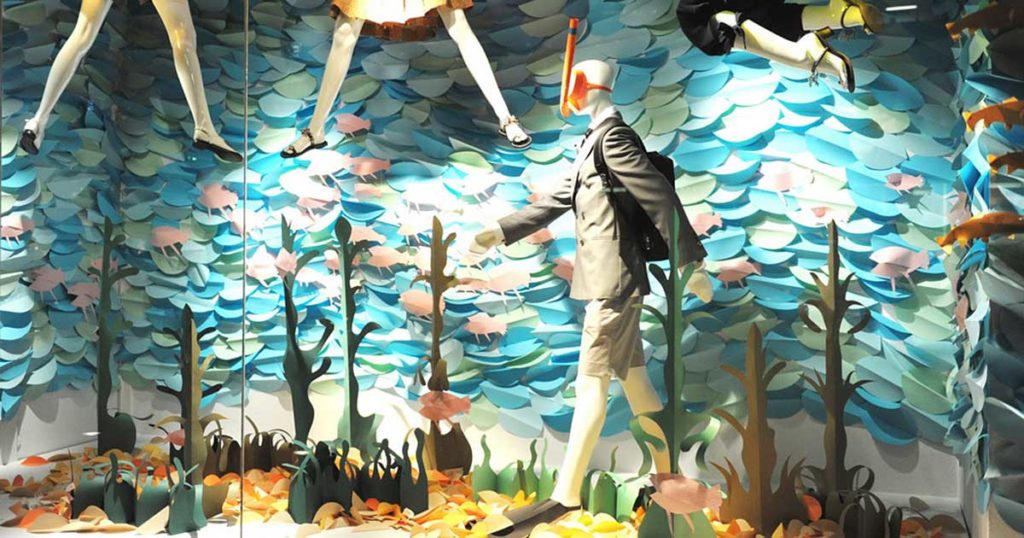In retail, the term visual merchandising refers to displaying products in a way most likely to maximize sales. It’s important for several reasons, including:
- You can’t be in two places at once: One minute, the store is empty; the next minute, there are more customers than you have salespeople. Fortunately, if your products are displayed effectively, they can begin the sales process for you. This means that when you can get to your customers, they are already closer to buying.
- “I’m just looking:” Just because someone doesn’t want a salesperson doting on them doesn’t mean they are not a potential buyer. Even if this person doesn’t want to talk to you right now, your displays can start the sales process for you.
- It reinforces your message: Seconds after listing the features and benefits for two different regulators or BCs, your customers will have forgotten most of what you said. However, if those same features and benefits appear on the signage for each item, customers are more likely to remember them. Additionally, when your signage matches your verbal description of items, it gives your message greater visibility.
Visual merchandising is such an important topic that we will not tackle it in one article. This is the first in a series of articles on this subject. We’ll examine a different aspect of this vital topic in upcoming articles.
It’s just common sense
To give you a better idea of what we will be discussing in future articles, here are some fundamental principles of visual merchandising. As you will see, it’s just common sense.
- Kill the clutter: Do words like neat and organized apply to your store? Few things kill sales like having a messy store. Except for heavy items such as scuba cylinders, merchandise must be nearly displayed on shelves, slat wall or standalone displays. Keeping floors clear also makes them easier to keep clean. (No one wants to shop in a dirty store.)
- Display like items together: Before customers can make a buying decision, they must be confident they fully understand the available choices. The last thing you want to have happen to a customer who is ready to buy a particular item is for them to discover that you have additional items of the same type on display in a different part of the store.
- Keep essential items at eye level: Customers shouldn’t have to hunt for the items you sell most.
- Organize items by features and benefits: Let’s say you sell five different models of adjustable fins. You’ll want to display them with the least expensive on the far left and the most expensive on the far right. The fins in the middle should be similarly ranked by price and features. This makes it easier for customers to understand the differences between makes and models.
- Use signage: Smaller items such as defog and wetsuit cement generally come in packaging that fully explains what they are. Boxes containing items such as BCs, regulators and dive computers generally don’t. And, because you normally display such items out of the box, there is nothing to tell customers what the differences are between them. Consequently, you will want to create signs listing each item’s features and benefits. These will help give customers what they need to make a confident and informed buying decision.
As we said, visual merchandising isn’t rocket science. It is, however, vitally important. You’ll want to check back as we explore these and other areas of this vital subject in greater detail.


